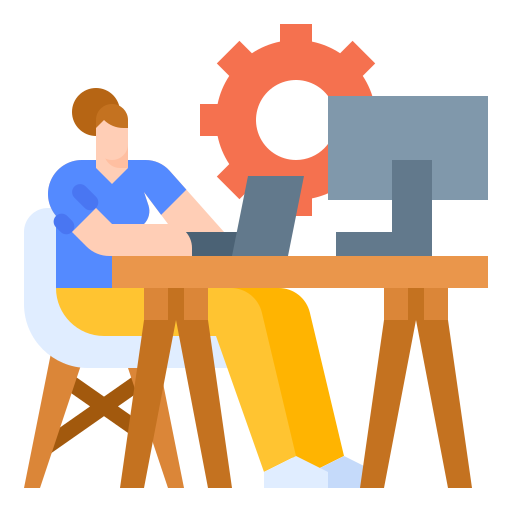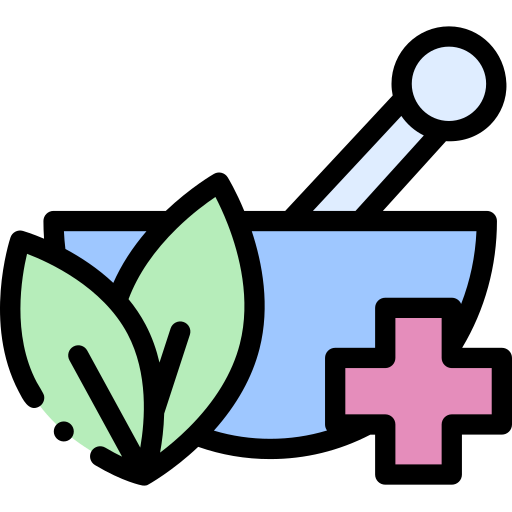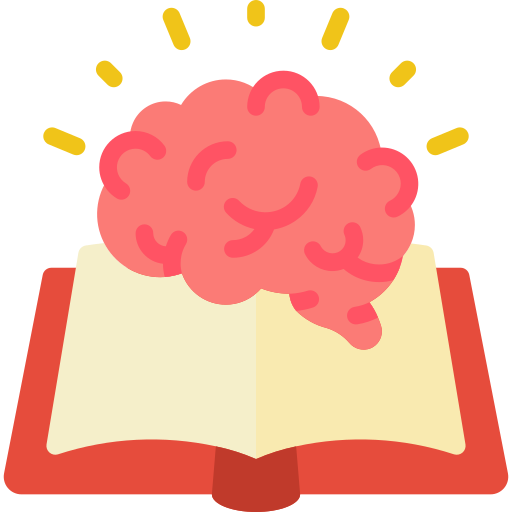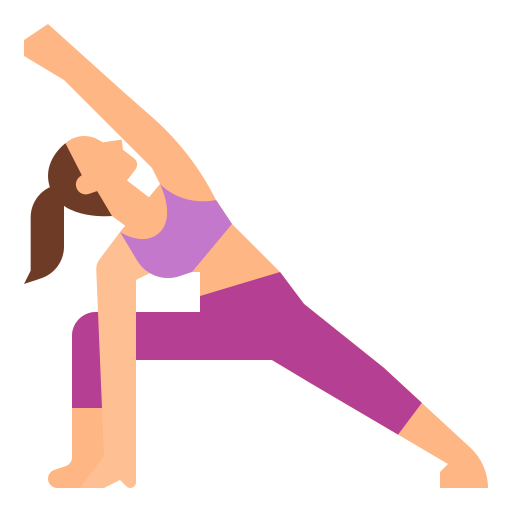Trending

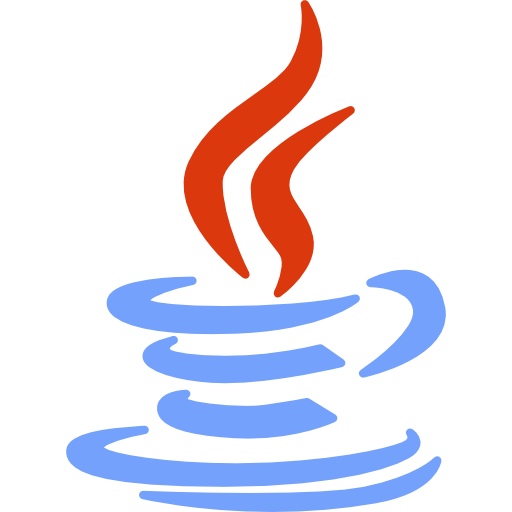


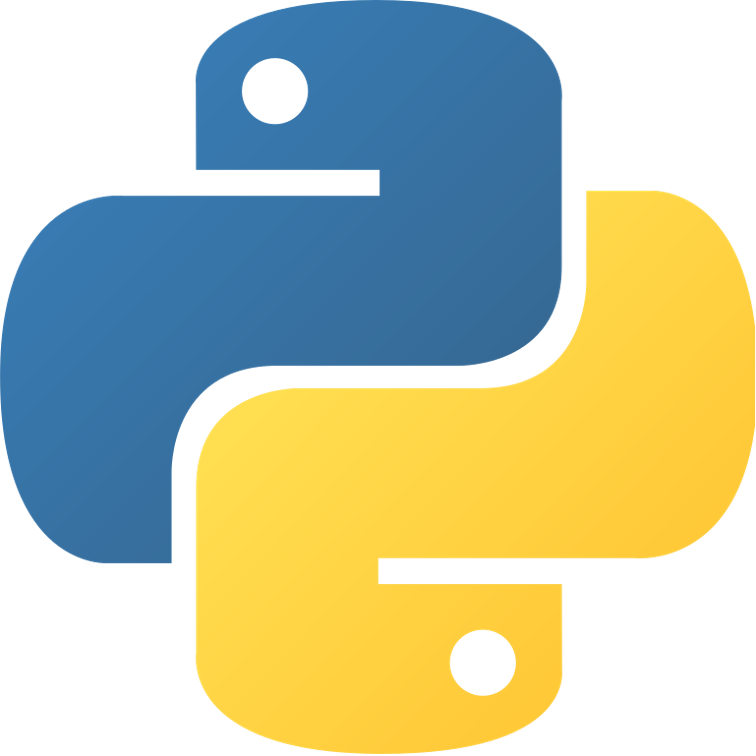

Yoga FAQ (Frequently Asked Questions) for beginners
This post lists the Yoga FAQ for beginners FAQ (Frequently Asked Questions and answers) also a collection of many trouble shooting use cases.
Yoga is a system of exercises that has its roots in Ancient India. It is a combination of body movement, meditation, and breathing techniques to promote overall mental and physical health. With regular practice, one can achieve calmness, strength, flexibility, and well-being of the entire body. It helps in the perfect synchronization of body mind and soul.
Yoga can be classified into various types based on mind and body
- Raj yoga-It focuses primarily on meditation for personal enlightenment
- Hatha yoga-This is the most popular and common form of yoga that focuses mainly on yoga poses or asanas using different parts of your body.
- Gyan yoga-it focuses mainly on intellect, wisdom, and spiritual life.
- Bhakti yoga-it focuses on worshipping techniques.
- Swar yoga-It focuses on breathing techniques.
- Kriya yoga-It combines Karmayoga ,gyanyoga and Bhakti yoga.
- Power Yoga-It is done at a quicker pace than other types of yoga.
- Pre Natal Yoga-It is a workout for expecting mothers.
Namaste is a Sanskrit word composed of two parts “Namas” which means
“ to bow or bend” and “Te” means “to you”. It is used mainly by Hindus in India and all over the world as a form of greeting people at any time of the day. Also spoken as Namaskar or Namaskaram to greet someone respectfully by holding hands. This gesture is used to welcome guests, relatives, or audience to express honor, courtesy politeness, hospitality, and gratitude.
When someone younger greets you with a namaste, you can respond by saying “Khush Raho” (stay happy)or “god bless you”. As this is a contactless form of greeting people, it is now becoming more popular all over the world. While saying Namaste we usually bend a little and press hands together close to the chest, both the palms touching each other and fingers pointing upwards.
Flexibility is not a precondition to do yoga.
Over time, yoga can help your body to become more flexible. If you are not comfortable in doing some yoga asanas, they can be easily be modified based on the level of practice. So not being flexible should not stop you from practicing yoga asanas. Yoga poses work on increasing the elasticity of your tissues well as a stretch reflex and other involuntary nervous system functions. By continuous practice and focus on breathing one can get desired results. This continuous stretching loosens up the body by lengthening the muscles and lubrication of the joints allowing you to find more stability and flexibility, and gradually increasing your stretching ability. Just as lifting weights build muscles over time similarly consistent yoga practice increases the overall flexibility of your body. For a beginner start by practicing 3 days a week and gradually you can go up to 5 days a week. It all depends on the time you spend on practice.
“Om”
Om is a sacred syllable of the Hindu religion and other religions mainly of India. Sages, monks, and yogis chant this during meditation. It is considered as greatest of all the mantras of all time. It is composed of three sounds a-u-m( a and u vowels coalesce to become o). It is considered the sacred sound of the universe. The symbol of “om” is usually written before any auspicious event in Hindu homes. It can also be written at the entrance of the house or as a rangoli or decoration to bring positive vibes.
It ( "Om" ) represents several triads like:
- Earth, atmosphere and heaven.
- Thought, speech, and action.
- Goodness, passion, and darkness.
- Rigveda Yajurveda and Samaveda.
- It is the essence of entire universe.
It is chanted during Hindu prayers and also in Buddhist and Jain rituals. Chanting Om helps in releasing stress and brings positive energy. It also helps in controlling anger and clear our thoughts. While chanting Om vibration felt in our vocal cords helps clear sinuses. It also helps in bringing down blood pressure and improves the detoxification process of our body.
Ujjayi Pranayama is also known as hissing breath or ocean breath.
Ujjayi Pranayama is a breathing technique through the nose in which you tighten the back of the throat to support lengthening each breathing cycle, slightly constricting the passage of air and making them sound like a light snore.
You can compare Ujjayi pranayam with a garden hose . . If you put your thumb partially over the opening of the hose, you increase the power of the water that is coming through. This is the same thing you are doing with your throat during ujjayi breathing. The air that we exhale through the constricted throat is more powerful directed breath.
If you have breathing disorders like asthma, this may be a little difficult, and stop doing it if you feel dizzy.
Benefits of Ujjayi Pranayama:
- Improves concentration in the physical practice of yoga.
- Instills endurance and builds energy.
- It is beneficial for thyroid
Other kinds of fitness exercises focus mainly on body movements but yoga on the other hand connects both body and mind. yoga helps us to direct our attention inward. yoga exercises oppose violent movement like in aerobics or Zumba, as this causes fatigue, muscle stiffness, and injury.
That’s why yoga can be done by people of all age groups.
Connecting the mind, body, and breath helps in directing our attention towards the inner self. Through this process of inward attention, we learn to identify our habitual thought patterns without labeling them, judging them, or trying to correct them. We become more aware of our experiences from moment to moment. The awareness that we inculcate is what makes yoga a practice, rather than a task or a goal to be completed. Our body will most likely become much more flexible in due course of time by doing yoga, and so will our mind.
Yoga is also proven beneficial in curing some chronic diseases if done under the guidance of a trained teacher.
These are some of the poses that can be done at your desk:
Shoulder Rolls:
- Start by sitting in an upright position. Lift your left shoulder up to your left ear and move in a circular motion, dropping it away from your ear
- Now lift your right shoulder and repeat the same.
- Continue these shoulder rolls three times, alternating right and left shoulder.
- Now Lift both the shoulders up to your ears and hold for a breath. Release them, slowly rolling your shoulders around and back, dropping them away from your ear. Repeat five times and then relax your shoulders.
Open Chest stretch:
- Sit at the edge of a chair and interlock your fingers behind you.
- Bend forward slightly, lifting your arms so that a stretch is felt in your chest
- Inhale slowly, lifting your chest.
- Exhale and relax.
- Hold for 10 to 15 breaths.
- Slowly release your hands and return them to your sides.
Neck Stretch:
- Sit in an upright position without letting your back touch the back of the chair.
- Hold your head directly over your spine.
- Drop your right ear toward your right shoulder without lifting your right shoulder or moving your head.
- Take several breaths in and out, feeling the stretch on the left side of your neck.
- To create a deeper stretch, reach your right hand over your head and place it on the left side of your face. Hold the pose for at least five more breaths and then release your hand and straighten your neck, gently massaging your neck and shoulders with your left hand.
- Repeat the same thing on your left side.
Firstly, the Yoga mat should be cleaned once a week as weekly cleaning requires less effort.
For light dirt fill a small bottle with warm water and dish soap. Spray the water all over the mat and wipe it with a damp cloth. This will not only help in removing dirt but also the foul smell of sweat.
If the yoga mat is very dirty then soak it in a tub of warm water and a detergent solution or dishwashing liquid and leave it for an hour. This will help dislodge dirt, oils and any odours.
Avoid using too much detergent as it can make the mat slippery. Now gently scrub off the dirt with a soft brush and rinse it with clean water.
Let it dry for a while in the sun.
Ideally, Yoga should be practiced early in the morning with an empty stomach but everyone has a different lifestyle so you can practice whenever you want according to your own convenience.
Both have their own pros and cons. Considering the same, you can decide when you want to practice it.
The pros of morning yoga
- Good to kick start your day before you enter a chaotic day.
- Gives a Boost to your metabolism.
- It helps in connecting with your soul.
The pros of evening yoga:
- Helps you to unwind after a hectic day.
- Good for your digestive system.
So the bottom line is:
It is up to you to choose when you want to practice yoga. Whenever you choose to do it, remember to keep your mind calm and relaxed. The only time when one should avoid doing yoga is immediately after meals. Rest for at least two hours after having food. Any form of exercise right after your meal will disrupt the digestion process.
"Surya Namaskar" is also known as Sun Salutation.
Surya Namaskar constitutes 12 powerful yoga postures. It is an ancient technique of paying respects to the sun and is best done early in the morning. it is a form of expressing gratitude to the Sun which is the source of all life on earth. Sun Salutations move the body in all directions, it helps to clear the energy pathways. It is a gracefully linked sequence of poses and each movement touches at least one of the chakras. It helps to invigorate the body while creating space.
With each posture, a particular mantra is chanted. like
"om military Namah, om ravye namah, om suryay namah" and so on..
which are different names of the sun god.
Here are some benefits of Surya Namaskar:
The postures are a right blend of warm-ups and asanas
- It helps to keep you disease-free.
- Helps in bringing balance in the body
- Strengthens the cardiovascular system in our body
- Tones the digestive tract
- Stimulates abdominal muscles, lymphatic system, respiratory system spinal nerves, and other internal organs
- Tones the spine, neck, shoulder, arms, hands, wrist, back, and leg muscles, thus enhancing overall flexibility
- The primary intention of this series of poses is to awaken the energy of the sun that normally lies dormant at the navel center.
"No", Yoga is not a Religion.
Though Yoga has its roots in Hindu culture, it is not a religion. People of different faith and religion can practice yoga because of its underlying benefits. With the growing awareness of the benefits of yoga, it has become popular all over the world.
It is also an alternative form of therapy for our human body. As people of all age groups can practice yoga it is becoming more and more popular and also introduced in schools, colleges, and offices.
There is no religious ritual associated with yoga. Yoga is just a system of exercise that focuses not only on the body but also on our mind. Yoga brings people of all faith together irrespective of caste and culture. Yoga is adaptable so it can be presented in a secular context.
There are many yoga poses that can help us to prevent lower back pain, like:
- Cat-Cow Pose.
- Downward-Facing Dog Pose.
- Extended Triangle pose.
- Sphinx Pose.
- Cobra Pose.
- Locust Pose.
- Bridge Pose.
Let's read more about them in details:
Cat-Cow Pose Yoga-
This improves posture and balance and strengthens the spine, shoulder, and neck.
come onto all fours (tabletop position), knees under hips and arms straight under the shoulder. Inhale and tilt your pelvis back for cow pose, then exhale and tuck your tail bone for cat pose.
Downward-Facing Dog Pose Yoga-
It strengthens arms and legs.
Come to your hands and knees (tabletop position). Curl your toes inwards push back by hands lifting your hips and straightening your legs. Take a few breaths. Then lift your heels drop down your shin and come back to tabletop position.
Extended Triangle pose Yoga-
This standing posture may help get rid of backache, sciatica, and neck pain. It stretches your spine, hips, and strengthens your shoulders, chest, and legs. It may also help relieve stress and anxiety.
Stand with your feet 3-4 inches apart reach your arms outside parallel to the ground, turn your right foot 90 degrees to the right bend your right hand and place it next to your right foot, keep your left hand straight hold your breath, and slowly come back to starting position.
Sphinx Pose Yoga-
This strengthens your vertebral column and stretches your chest, shoulders, and abdomen. It may also help relieve stress.
Lie on your stomach legs side by side .set your elbows under the shoulder and forearms on the floor parallel to each other .inhale and lift your upper torso and head away from the floor lightly draw your belly away from the floor. stay for few breaths then exhale and slowly release your belly torso and head to the floor.
Cobra Pose Yoga-
This gentle back bending asana helps in stretching your abdomen, chest, and shoulders.
Lie flat on stomach, tilt head back until chin points forward. inhale and raise your navel off the ground. Breathe and hold the pose then exhale and slowly come back to starting position.
Locust Pose Yoga-
This helps in strengthening the vertebral column, arms legs, and buttocks.
Lie down on your stomach, then slowly lift your head and chest off the floor, then lift both the legs and reach back for elongation.
Bridge Pose Yoga-
Strengthens neck, chest, and spine stimulates abs
Lie down with stomach facing up. Reach your fingers towards heels and then slowly lift your pelvis and chest up and hold for a while and exhale and come back to starting position.
If you are a beginner in Yoga, pushing too hard can cause your blood pressure to drop and feel dehydrated. This can make you feel dizzy so keep yourself hydrated and go slow.
Sometimes you might feel dizzy while deep breathing because you are exhaling carbon-di-oxide faster than the body is producing which causes chemical alteration in your body and makes you feel dizzy. The best thing to do is breathe slowly and less deeply.
Dizziness can also come if you stand up suddenly from Uttanasan, this causes a sudden blood rush to flow down to the legs and abdomen and too little blood fills the heart. This is compensated by a natural reflex system of the body.
So let your body come back to the normal state and then start with the next asana.
"Yes", warm-up required before yoga.
A 10-minute warmup session is a must for any kind of exercise.
Warming up helps increase blood circulation, loosens your muscles, and prepares joints for any kind of movement. This also helps your body to increase the benefits of yoga and reduces the chance of injury caused by a sudden jerk or movement. Warm-up also helps to connect with your breath and prepares the mind to be calm.
If you have a sedentary lifestyle like sitting on a chair for an entire day warm-up exercises are extremely essential as your muscles are likely to be cold and stiff, but a person who has an active lifestyle has warmer and smooth muscles so their body takes less time to warm up.
Some Asanas like Surya Namaskar, standing in Tadasana, cat-cow pose, and shoulder rotations can be done for warming up your body.
Doing yoga is always good but still, if we start our day with the following Yoga poses that'll be great:
- Surya Namaskar (Sun Salutations) It is a sequence of 12 asanas that are linked to one another and done in a particular order. It is highly beneficial for the body and also known as Ultimate Asana. It involves all main joints of the body and has many benefits like improving metabolism, blood circulation, etc.
- Utkatasana (Chair Pose) It strengthens the legs and ankles also good for the heart and abdominal organs.
- Parivrtta Utkatasana (Revolved Chair Pose) IT strengthens your legs and hips, relieves stiffness in the shoulder, spine and also improves digestion.
- Adho Mukha Svanasana (Downward Facing Dog) ... Improves blood circulation, helps in toning core muscles, and improves body posture .also helps in losing fat from the abdominal area.
- Anjaneyasana (Low Lunge works): on hips, arms and spine. It also opens up the chest, lungs, and heart.
- Trikonasana (Triangle Pose): Helps in releasing stress and improves digestion also good for strengthening things, knees, and ankles.
- Virabhadrasana III (Warrior 3): good for toning of arms, legs, and lower back.Extremely beneficial for people with frozen shoulders.
- Natarajasana (Dancer Pose): helps in strengthening of chest ankles, hips, and legs. good for maintaining correct posture and gives balance to the body.
If you are a beginner in yoga start by practicing once or twice a week for 30 minutes. Don't exert your body and gradually increase the time of practice as your body allows.
Yoga is not something that gives you instant transformation, but with regular practice, one can achieve desired results.
Take frequent rest and modify asanas which are difficult, according to your limits.
Listen to the signals and slow down whenever required.
Once you are comfortable, you can challenge your limits and go with the flow. Remember consistency is the key and make it a daily activity for best results.
After having food blood supply to the digestive increases helping organs responsible for digestion to function well. If we do any kind of exercise it will interfere with the digestive system causing cramps and an upset stomach. So exercises should be performed after two to three hours, however, sitting in Vajraasana is recommended in yoga which helps in the digestion of food.
It helps in curing acidity and gas formation and better absorption of nutrients along with other benefits.
This happens because hip joints and lower back muscles have tightened over time. With regular practice, you can get more comfortable. Try using rolled blankets or towels for additional support under the knees.
With additional support, inner groins relax and make you more comfortable sitting.
Additionally, you can practice some asanas like child pose, toe touch, pigeon pose, and vajra asana which are helpful for leg and thigh muscles. If you have a medical condition that prevents you to sit cross-legged, avoid doing it and consult a doctor before doing it.
"No" You don't need to be a vegan or a vegetarian to practice yoga.
You don’t necessarily have to be a vegetarian or vegan to follow yoga. Yoga is beneficial for everyone including non -vegetarians. But if you want to practice Yoga for mental peace and achieve Moksha then being vegetarian or vegan is a must as it is said that.
Yoga does not divide food into proteins, carbohydrates, or fats, instead, it differentiates it as Tamasic, Rajasic or sattvic.
Non-veg food or tamasic obstructs the flow of Prana(vital energy) in our body.
Taking a sattvic vegetarian diet with lots of raw fruits, vegetables and nuts not only helps in cleaning our body but also helps in building immunity and makes it strong.
Rajasic food which includes spicy food with onion and garlic causes restlessness and hyperactivity.
The type of food we eat has a lot of influence on our body, mind, and spirit.
Normally Lotus pose or Padmasasana does not cause any pain in the ankle but you might feel a little stretch in the ankle and knees as most people find it difficult to sit in this pose with ease.
.It depends on how flexible your hips are, so don’t force the joints to do any pose. With practice, you will more comfortable in the lotus pose. Try alternatives like Sukhasana(Easy Pose)or half lotus pose.
Avoid any exercise if there is any pain that is not normal. if there is any kind of preexisting discomfort in the ankle or knees avoid sitting in the lotus pose.


